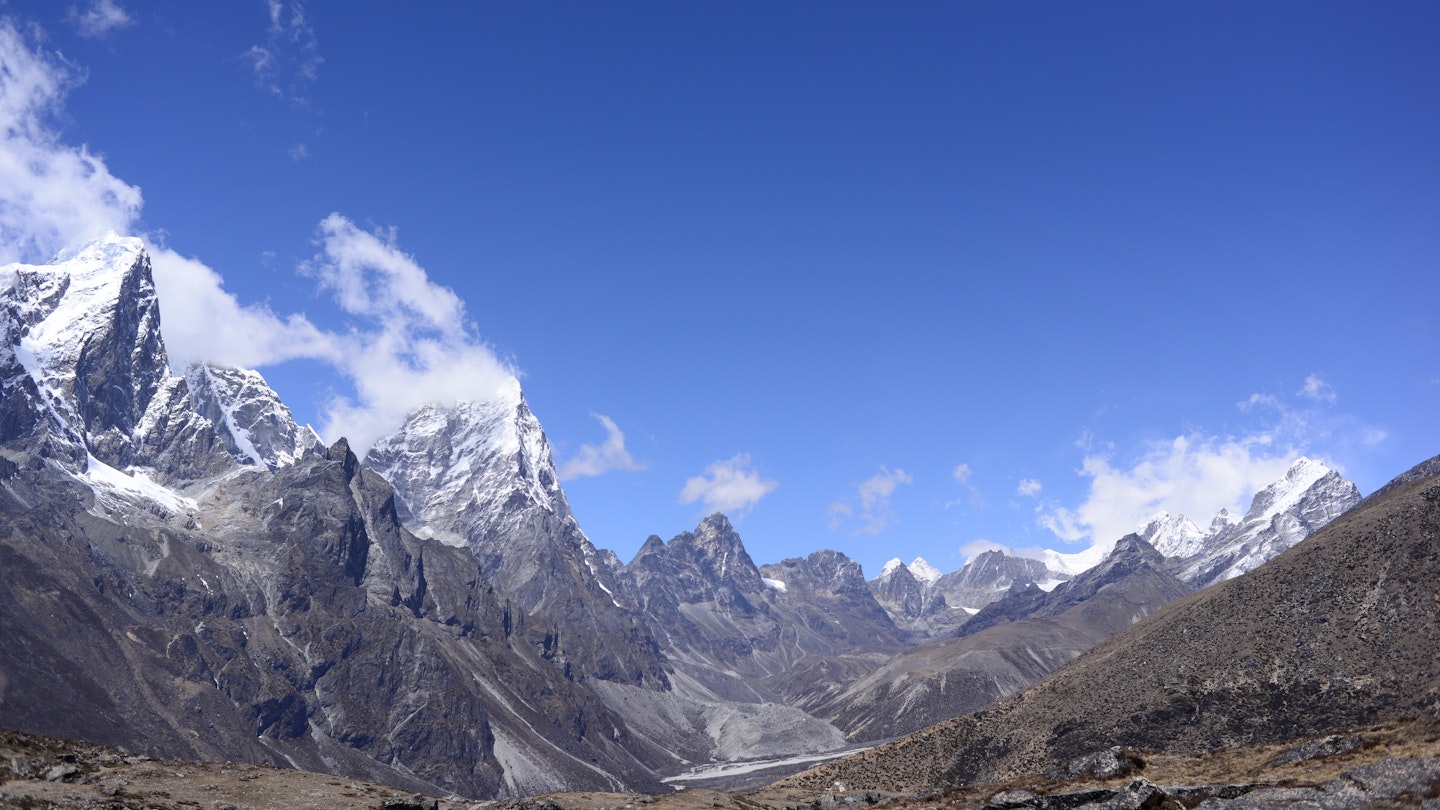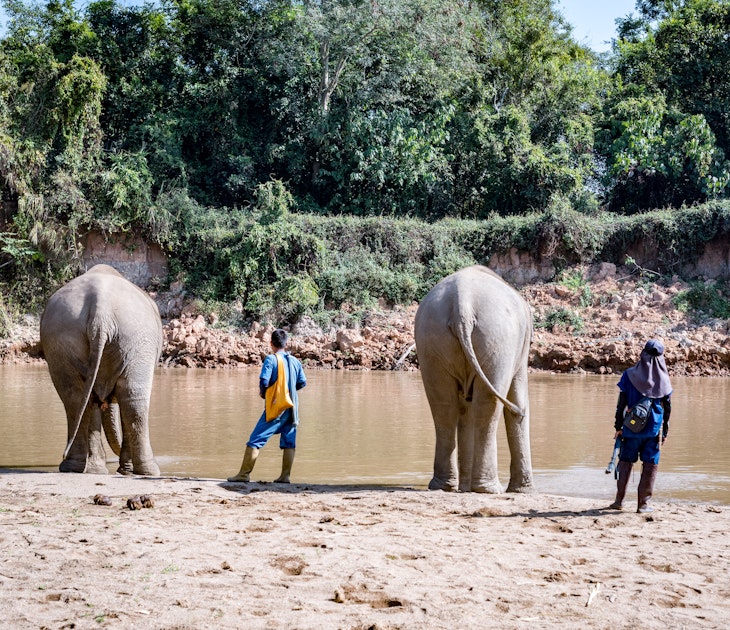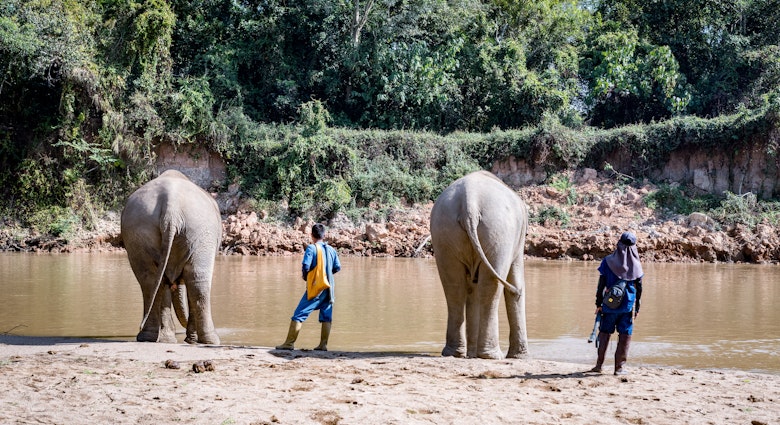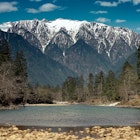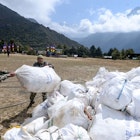Climate change could be altering the landscape of the Himalayas, bringing grass, shrubs and flowers to regions where it was previously considered impossible for vegetation to grow.
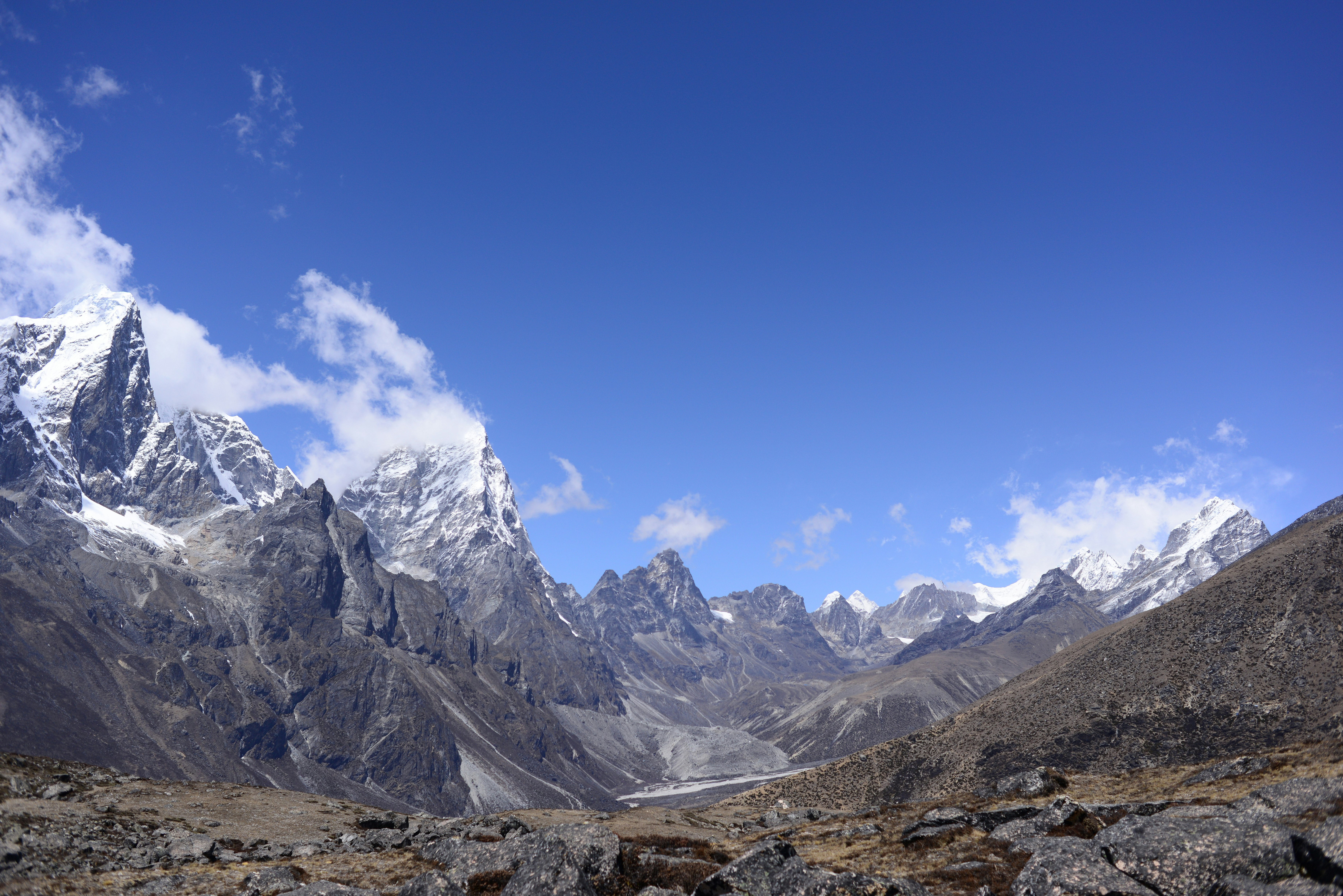
Scientists from the University of Exeter in the UK have discovered that plant life is growing and spreading across Mount Everest, likely due to increasing temperatures caused by climate change. Using NASA Landsat satellite data from 1993 to 2018, scientists studied increases in subnival vegetation (small shrubs and grass) – that grow between the tree line and the snow line – in the Himalayas.
What they found is "small but significant" increases in vegetation across four height brackets in Mount Everest between 4150 and 6000 metres (13,615-19,685ft) above sea level.
It has generally been considered that this high-altitude zone was close to the limit of where plants can grow. But it appears that the landscape and ecosystem is changing. More research is needed to determine the cause of the change and its potential impacts, though there are concerns that this unprecedented growth could increase flooding.
According to the research team, the expansion of vegetation in the region is in line with climate change modelling that predicts a decline in "temperature-limited areas," in the Himalayas, regions where it is too cold for plants to grow.
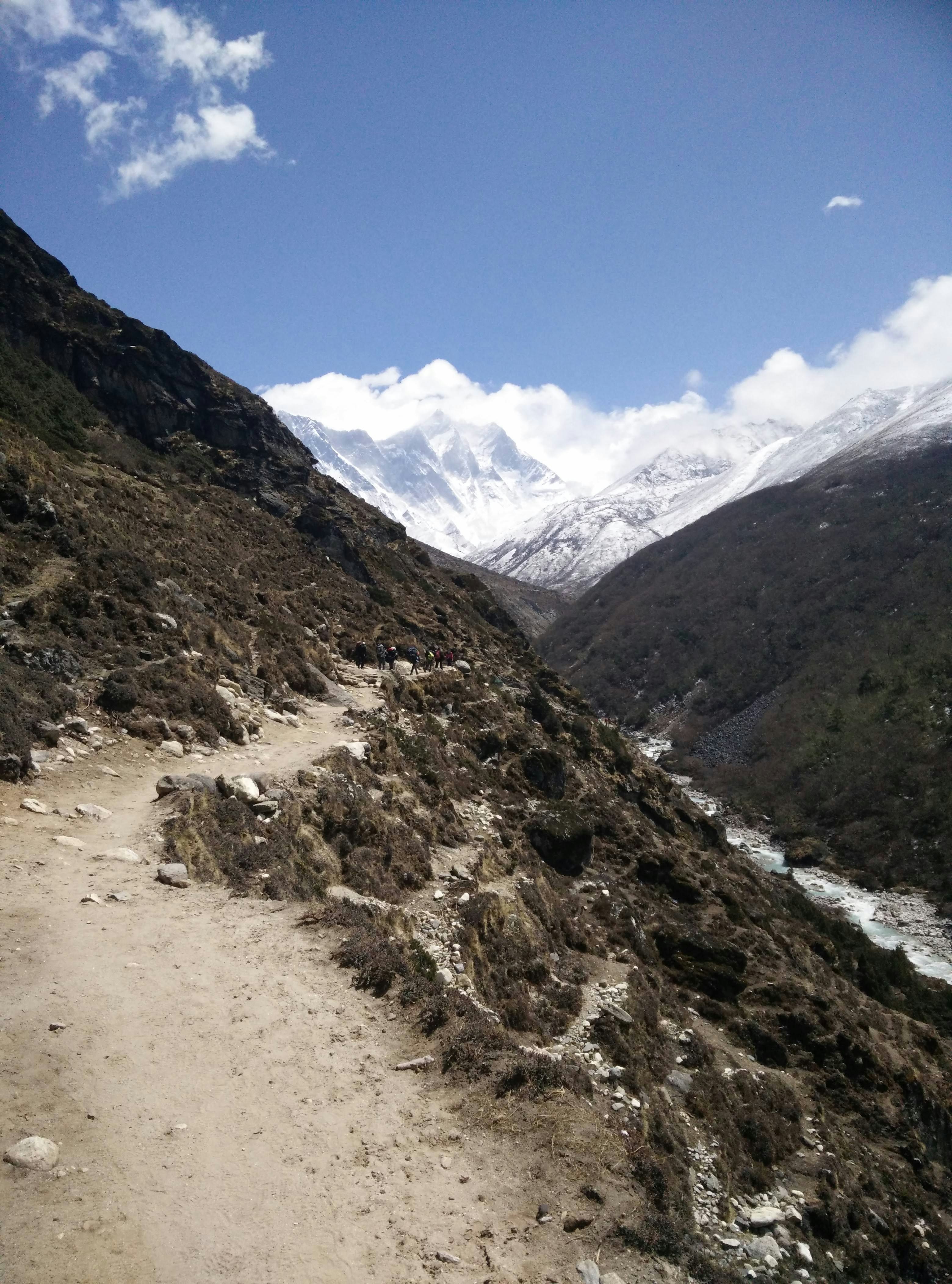
"A lot of research has been done on ice melting in the Himalayan region, including a study that showed how the rate of ice loss doubled between 2000 and 2016," said Dr Karen Anderson, a remote sensing scientist who led the research. "It’s important to monitor and understand ice loss in major mountain systems, but subnival ecosystems cover a much larger area than permanent snow and ice and we know very little about them and how they moderate water supply.
"Snow falls and melts here seasonally, and we don’t know what impact changing subnival vegetation will have on this aspect of the water cycle – which is vital because this region (known as ‘Asia’s water towers’) feeds the ten largest rivers in Asia."

The area studied, known as the Hindu Kush Himalayan region, extends across eight countries, from Afghanistan in the west to Myanmar in the east. More than 1.4 billion people depend on water from trickling down from the freshwater reserves there.
Dr Anderson said “some really detailed fieldwork” and further validation of these findings is now required.

